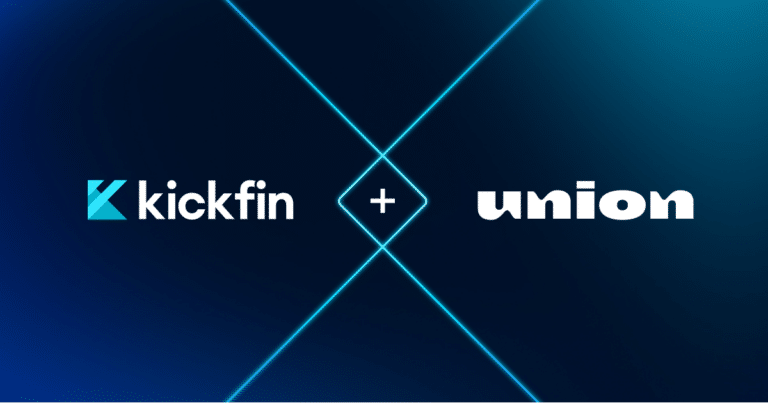Now that restaurants have reopened and are learning to co-exist with Covid-19, there’s yet another threat looming on the horizon: cold weather.
Many restaurants have restricted indoor seating to somewhere between 25% to 50% capacity. To make up for that reduced capacity, wherever possible, they’ve expanded outdoor seating options. That’s worked out well amid balmy spring and summer temps, and even as we head into crisp autumn days, patios mostly remain open.
But the clock is ticking. Winter will be here soon (and in some cases, it’s already arrived — we’re looking at you, Denver). And this year, it’s coming with a side of impending doom for many restaurant owners, especially in states that experience regular snowfall and freezing temperatures.
In a recent Chicago Tribune story, Michael Roper, owner of the HopLeaf Bar, says, “We’re in terror of it. The patio represents most of our business right now.”
In Massachusetts, one in five restaurants have permanently closed since the beginning of the pandemic in March, according to the Boston Herald. And though most restaurants that are still open can stretch their outdoor seating into the early fall, the state will ban that option in November due to extreme temperatures.
Suffice it to say: for a lot of establishments across the country, everything’s about to change all over again. The good news is that you can anticipate and manage the circumstances. If you’re operating a restaurant in an area where seasonal change is going to impact your current setup: here are three things you should be doing right now.
1. Make a (new) plan
We get it: you probably feel like you’re finally getting the hang of this whole operating-a-restaurant-in-a-pandemic thing. Just when you’ve perfected your Covid-19 contingency plan, it’s time to go back to the drawing board.
But if 2020 has taught us anything, it’s that restaurants must be nimble to survive. By and large, the industry has risen to that challenge — quite admirably! — over the past seven months. And fortunately, seasonal change is less of a curveball because we know it’s coming, and we can prepare for it. Here are a few ways to shore up and “winterize” your current Covid-19 setup.
- Evaluate everything. Take a step back and review the policies and procedures that you’ve put in place since March. Are they still necessary? Are your employees adhering to them? How will the winter months impact their feasibility or effectiveness?
- Ask for feedback. Hopefully you’ve been in constant communication with your team all along, but now is a great time to solicit input from your team. Talk to them: ask them what they believe has been going well in terms of the changes you’ve made, and what has been challenging or confusing. (If you’re worried about putting people on the spot, you can also gather feedback through a simple survey with anonymous responses.)
- Do your research. As we mentioned above, some states are already putting new rules in place regarding seasonal change. Be sure you’re tuned in to any upcoming regulatory shifts by following legitimate, credible news outlets and industry publications at both a local and national level.
- Assess your physical space. Outdoor seating has been a lifesaver for restaurants, but it’s going to be a whole lot trickier if temps start to fall in your area. Be realistic about the safety and comfort level of your patrons, and plan accordingly. Your course of action depends on the climate you’re in, the layout of your restaurant, and your budget. It may make sense to invest in outdoor heaters or to explore ways to partially enclose patios and porches. If outdoor dining really isn’t an option, think through ways to maximize indoor dining capacity — like installing plexiglass dividers between booths and tables.
Don’t get complacent with your cleaning and sanitation procedures. While it’s best to avoid over-the-top stockpiling, make sure you’ve got a “responsible” surplus of soap, hand sanitizer, toilet paper, cleaning supplies, and other items that may be susceptible to shortages.
2. Tighten your purse strings
Whether your bottom line is hurting or business is booming, the reality is that no one is out of the woods yet.
When it comes to managing expenses and budgeting, savvy restaurateurs are continuing to be very discerning as we move into the colder months. In addition to the impact cold weather could have on your operations (e.g., further reducing seating capacity), it’s also more conducive to the spread of germs. Not only do we still have Covid to worry about; we’re now coming up on flu and cold season, and no one really knows how bad it could get. Unfortunately, that means we can’t rule out another shutdown.
So for most restaurants, now isn’t the time for risk taking. Instead, it’s prudent to remove as many variables as possible. That may mean putting off scheduled expansions or renovations, or temporarily cutting back your operating hours.
Many restaurants have uncovered savings and efficiencies by streamlining their menu. For example, Boston-area HIghland Kitchen reduced its offerings and changed its focus to fried-chicken tenders and sandwiches, along with tiki cocktails — all to-go. (They also cut back on the days and hours they’re open.) Making strategic menu changes gives you the opportunity to focus on higher-margin items, reduce supply/inventory costs, and/or to make your back-of-house more efficient.
3. Get creative
If there was ever a time to think outside the box, now is it. Here are a few ideas to manage the “winter edition” of Covid-19.
- Offer cold-weather items (think: blankets, gloves, beanies) for guests to use while dining outside. You could tap into your marketing budget and brand these items, making them a giveaway. Or you can allow guests to borrow them — but you’ll need to ensure you’ve got proper cleaning procedures in place (and be sure you’ve communicated those to your guests).
- Invest in outdoor heaters, igloos or winterized tents. (Remember, you’ll still need to adhere to social distancing between parties, especially if you’re creating enclosed spaces.)
- Create a large outdoor fire pit surrounded by (socially distanced) seating.
- Take advantage of your parking lot by converting a portion of it into a covered/heated patio space.
- Reimagine your layout. Eating a full meal in chilly temperatures isn’t ideal, but your patrons may be open to enjoying a pre-meal cocktail outside. Consider setting up a (heated) outdoor bar area — even better if you can make it feel festive with fall or holiday decor. You’ll free up indoor dining space at your regular bar area, and you’ll provide extra (safe) space for diners to hang out while they’re waiting to be seated.
Change is here to stay
No one has a crystal ball, but we’re confident this Q4 will be unlike any other. (Let’s be honest: that’s pretty much been the theme of 2020.)
The silver lining here is that we’ve got a little time, and a lot of fresh experience, on our side. The hospitality industry has already been blindsided by a pandemic and upended by an unforeseeable shutdown; we can prepare for the worst because — well, we know what the “worst” looks like.
So as you look ahead to the coming months, keep doing what you’ve been doing: stay nimble. Anticipate every outcome. Collaborate with your peers and, yes, your competitors.
And most importantly, continue to put the health and safety of your people and your patrons ahead of everything else.







